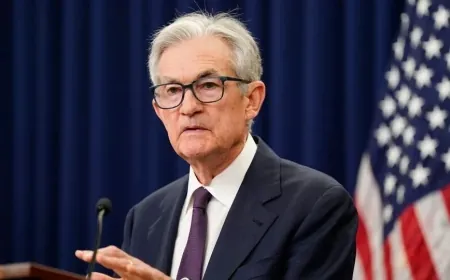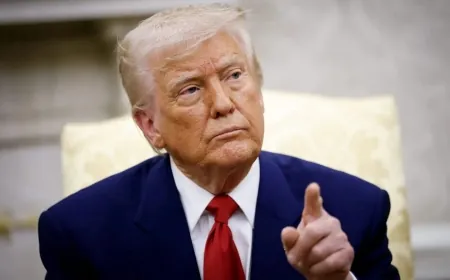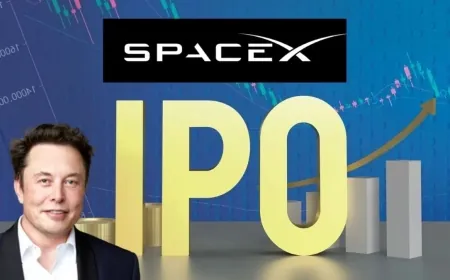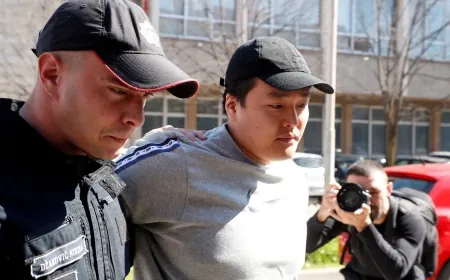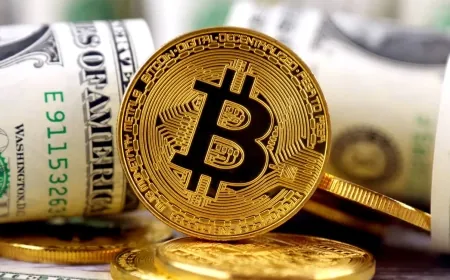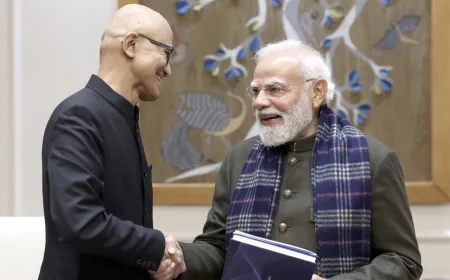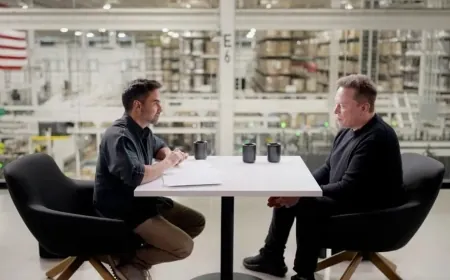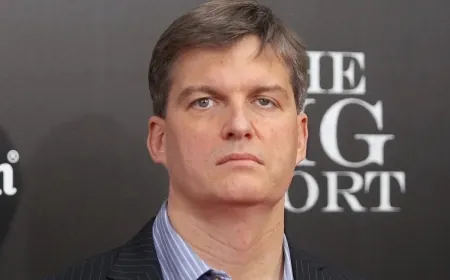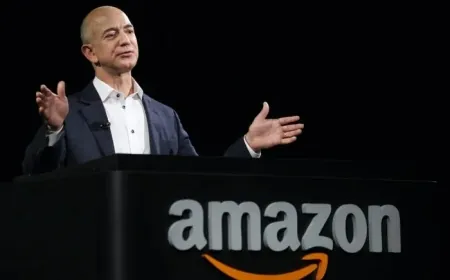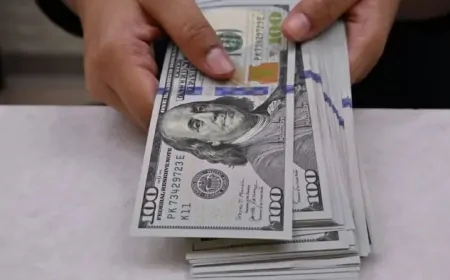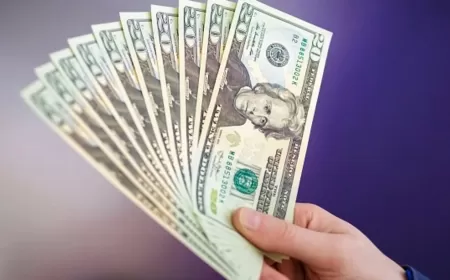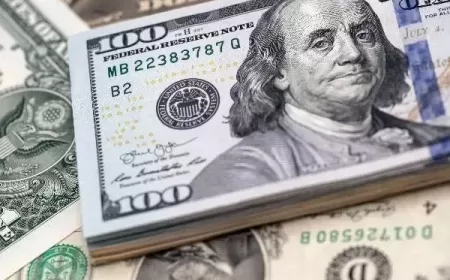US–China Tariff Talks Enter Second Day Without Breakthrough as Trump Claims ‘Great Progress’
Tariff negotiations between the US and China end in Geneva without a deal. Trump claims "great progress" while Beijing issues a firm rejection of any compromise on core issues.
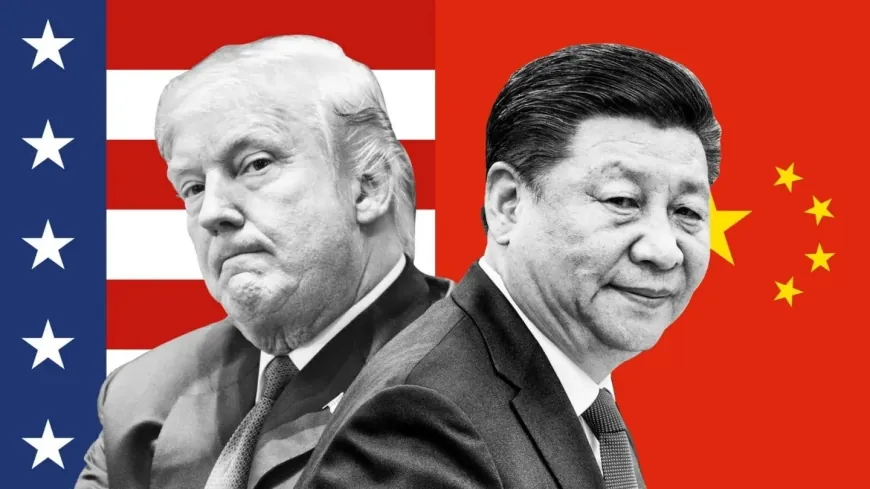
The United States and China wrapped up the second day of trade talks in Geneva on Sunday with no clear breakthroughs, but President Donald Trump maintained an optimistic tone, stating on social media that “great progress” was being made. The talks come at a time when businesses and markets are struggling with uncertainty from months of steep tariffs and strained relations between the world’s two largest economies.
The two-day meeting is the first time negotiators have met in person since tariff levels surged in recent weeks. While the White House has kept details under wraps, Trump hinted that a “total reset” in trade relations was possible, though he offered no explanation on what that might involve. His comments were made as delegations gathered at the residence of the Swiss ambassador to the United Nations in Geneva, where the discussions were hosted.
Chinese officials, meanwhile, have remained silent, but state-run media offered a clear message. Xinhua, the government’s official news agency, stated that China “will firmly reject any proposal that compromises core principles or undermines the cause of global fairness.” The language signals Beijing’s unwillingness to make concessions that would weaken its negotiating position.
Face-to-Face Talks Held in Tense Atmosphere
U.S. officials confirmed that talks resumed early Sunday morning, but like Saturday’s session, the meeting ended without any public statement from either side. The silence reflects how sensitive the negotiations have become—especially as tariffs remain at punishing levels. Last month, Trump raised total duties on Chinese goods to 145%, and China retaliated with tariffs up to 125% on U.S. products. These actions have left billions of dollars in trade stalled and supply chains disrupted.
At several ports, cargo remains unloaded as businesses wait for clear guidance on whether tariffs will be reduced or enforced long-term. The lack of resolution has added to the pressure on both governments to find a workable outcome.
Trump Signals Openness to Changes, But No Clear Path Forward
In a post last week on Truth Social, Trump hinted at flexibility by suggesting, “80% tariff seems right! Up to Scott!”—a reference to Treasury Secretary Scott Bessent, who is leading the U.S. negotiating team. While the remark was vague, it suggested Trump is willing to adjust tariff rates based on the direction of the talks.
This negotiating round comes as the White House intensifies its focus on China’s role in fentanyl trafficking. A 20% portion of the tariffs was specifically aimed at pressuring Beijing to step up enforcement against the production and export of synthetic opioids.
The remaining 125% tariffs relate to long-standing trade disagreements dating back to Trump’s first term. Some goods now face combined duties exceeding 145%, effectively shutting them out of each other’s markets.
Beijing Stresses Firm Position as Talks Continue
China’s media statements during the talks sent a clear signal that Beijing is not looking for a quick deal. Xinhua’s editorial accused Washington of using the negotiation process as leverage and insisted that China would not accept “coercion or extortion” disguised as diplomacy.
Outside the Swiss ambassador’s residence, multiple black diplomatic vehicles were seen coming and going, but neither side stopped to speak with reporters. Observers said the quiet nature of the event underscored the high stakes and the reluctance of both sides to make public moves that could limit their flexibility in the talks.
Global Markets Watching for Any Sign of Movement
Though a major agreement remains unlikely, any step toward lowering tariffs—even a symbolic gesture—would be welcomed by investors and manufacturers affected by rising costs and uncertainty. U.S.–China trade topped $660 billion last year, and the sharp increase in tariffs has already triggered supply chain disruptions and price increases.
Jake Werner, a policy expert on East Asia, said the fact that both sides came to the table in Geneva was meaningful on its own. “The ability to sit down and talk after so many months of rising tension is a necessary step—even if the outcome remains unclear for now,” he said.
The talks concluded Sunday with no press conference or formal announcement. While Trump’s comments suggest a willingness to keep the door open, it remains to be seen whether both governments can agree on practical steps that move them closer to resolving one of the most serious economic confrontations in recent history.
Also Read: Top U.S. and Chinese Officials Meet in Geneva to Ease Rising Tariff Tensions


